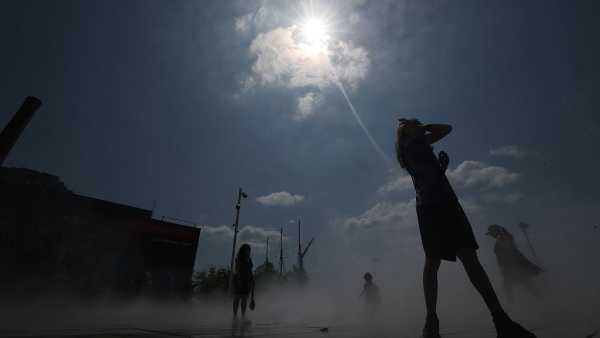
Many climate change detractors believe it is too late to stop catastrophic climate change. (Image credit: Bulgac/Getty Images)
Unfortunately, climate change science is a contentious topic. Disinformation campaigns fueled by political and economic opposition, both historical and contemporary, mean that greenhouse gas emissions are still peaking despite overwhelming evidence of human impact on climate.
While denial is a prominent and well-known obstacle to action, in this excerpt from Science Under Siege: How to Fight the Five Most Powerful Forces Threatening Our World (PublicAffairs, 2025), authors Michael Mann, professor emeritus in the Department of Earth and Environmental Sciences at the University of Pennsylvania, and Peter Hotez, dean of the National School of Tropical Medicine at Baylor College of Medicine, look at another obstacle: climate doomism.
Doomism is spawning viral content on social media—what's been called “climate porn,” characterized by dramatic but unsubstantiated claims of melting ice sheets, runaway warming, and looming extinction.
You may like
-
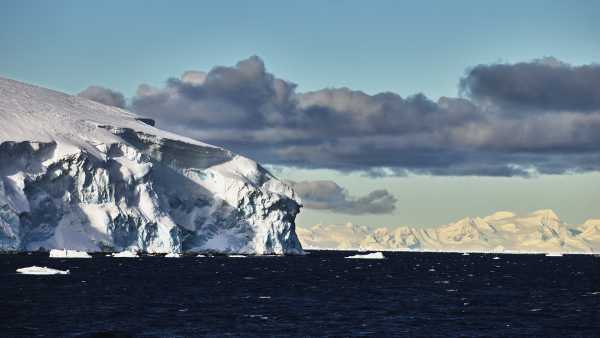
'Serious Negative and Unintended Consequences': Polar Geoengineering Is Not the Answer to Climate Change
-
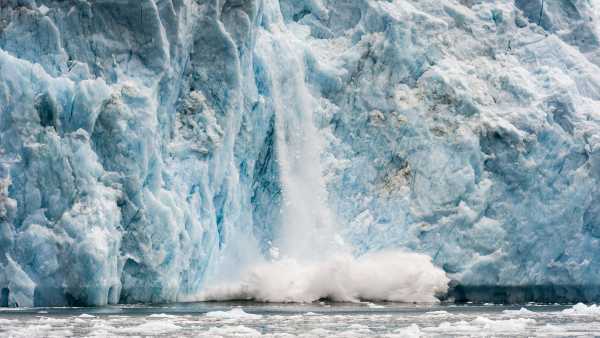
Humanity could be just three years away from climate change tipping point, report warns
-
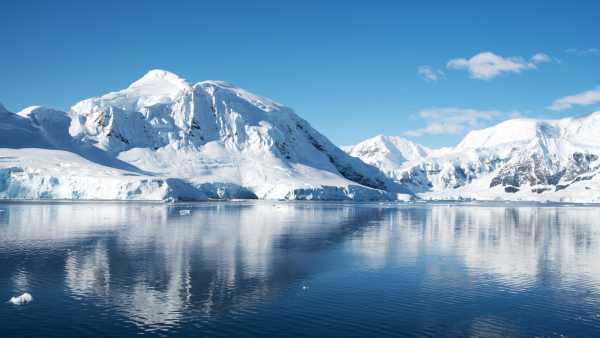
Drastic changes happening in Antarctica 'will impact the world for generations to come'
Apocalypse porn sells, and it has certainly paid dividends for the polluters, oil states, and plutocrats who fuel the fires. Consider the stinging criticism of Katharine Hayhoe and Mike [Michael Mann] by so-called climate advocates who insist it is too late to act, and who call our calls for urgency and effectiveness “hope,” implying that we sell “hope” in the same way that, say, junkies on the street sell drugs.
These are the kinds of insults you’d expect from climate change deniers, but instead they come from those who purport to fight climate change. “I hate Mann and Hayhoe,” tweets Eliot Jacobson, a self-proclaimed “rocker” with a sizeable following (75,000) who mocks us as “hopia junkies.”
“Mann (like Heyhoe) is a serial killer of anyone who challenges his hopes. Give me someone else,” wrote another doomer on Twitter (now X).
These are just a few examples. Twitter is full of similar accusations against prominent climate scientists and climate experts. From the perspective of climate attackers, these attacks constitute “double-barreled criticism.”
The first and most obvious reason is that the pessimism is convincing many potential climate advocates that the fight against climate change is hopeless.
But the vicious attacks on mainstream climate science and scientists are creating a divide between grassroots climate activists and leading members of the scientific community. This divisive battle is carefully fueled by bots and trolls, with others joining in, unwittingly allowing themselves to be weaponized for malicious purposes.
Of course, not everyone buys it. But fatalists have risen from relative obscurity to prominence in a political economy where extreme statements and vitriolic attacks go viral and create a huge, cult-like following that, as we will see, is indeed easy to monetize.
Some of the friendly fire comes from fellow scientists who have taken the path of doom, or at least what we might call “soft doom,” that is, that cutting emissions alone will not be enough to prevent catastrophic warming. Kevin Anderson, a highly respected British climate scientist, is an example. Anderson has accused leading climate researchers of downplaying the threat of climate change in order to win grants: “The narrative is set in politically dogmatic stone, and academia and much of the climate community are afraid to question it for fear of losing funding, prestige, etc.”
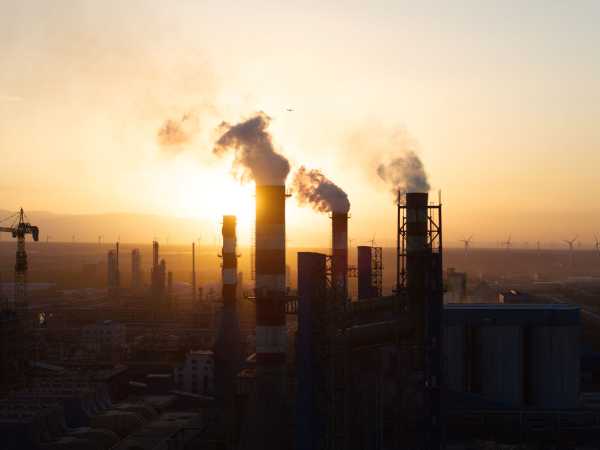
Some “doomers” believe that reducing CO2 emissions is not enough and that we will need geoengineering projects to artificially prevent further increases in global temperatures.
This charge is disturbingly similar to the (opposite) charge made by climate change deniers: that climate scientists are exaggerating the threat of climate change to get grants. I wonder which one. Are climate scientists downplaying the threat or exaggerating it? Logic suggests that it can’t be both.
Even respected climate scientist James Hansen, whose early warming predictions proved prescient, has fallen into a tide of mild pessimism. The scientific consensus is that we can still prevent a catastrophic 1.5 degrees Celsius (3 degrees Fahrenheit) of global warming if we rapidly reduce carbon emissions this decade.
Hansen has claimed that climate scientists have underestimated the climate’s sensitivity to carbon emissions, and that continued carbon emissions will inevitably push us over that threshold. His rhetoric has become increasingly bitter and conspiratorial, including vitriolic attacks on mainstream science and scientists, such as his tweet in late 2023: “The UN and COP28 are lying. They know the 1.5C and 2C targets are invalid.”
Hansen argues that we should instead turn to potentially very dangerous “geoengineering” schemes – proposed technofixes such as injecting reflective chemicals into the stratosphere to reflect sunlight, or dumping iron particles into the oceans to enhance algae’s natural carbon absorption.
There are several troubling points here. First, Hansen confuses his dire assumptions about policy inaction with assumptions about climate physics. Second, Hansen uses this misleading interpretation to advocate for potentially dangerous geoengineering techno-solutions. Such interventions come with both potential unintended consequences (injecting chemical particles into the stratosphere to block sunlight could have adverse and unpredictable effects on our atmosphere and climate) and so-called “moral hazard” (confidence in the existence of a simple technical solution that we can implement in the future justifies continuing to burn fossil fuels today).
RELATED STORIES
— A key Atlantic current could begin to weaken as early as 2055, according to a new study.
— 'Like a creeping mold spreading across the landscape': Study shows isolated dry areas around the world are coalescing into 'mega-arid' regions at alarming rates
— Glaciers in North America and Europe have lost “unprecedented” amounts of ice over the past four years.
Ultimately, it is the polluters and oil states who benefit from the standoff between the big-name climate scientists. More than anything, they want us to accept the supposed inevitability of a fossil fuel-based future, which is the overall narrative.
So we get disagreement and rejection, mixed with a sense of doom. A frenzy of rage ensues. It starts with the journalists and the scientists they cite. The articles are posted on social media, and serve as fodder for divisive trolls and bots.
Real users soon get caught up in the fray and join the wave. As a result, climate Twitter is now full of toxic, dark messages and attacks on leading climate experts, who are subjected to endless attacks of “credible” accusations from so-called climate advocates whenever we dare to say that it is not too late to do something about the climate crisis.
It may prove to be the most successful move to date in the attack on climate change action.
Disclaimer
Excerpt from Science Under Siege: How to Fight the Five Most Powerful Forces Threatening Our World by Michael E. Mann and Peter J. Hotez, Copyright ©2025 by Michael E. Mann and Peter J. Hotez. Used with permission of PublicAffairs, a division of Hachette Book Group, Inc.
$32 on Amazon
Science Under Siege: How to Fight the Five Most Powerful Forces Threatening Our World
In this powerful manifesto, Michael E. Mann and Peter J. Hotez expose the five major forces threatening science: the plutocrats, the professionals, the oil states, the crooks, and the press. It is a call to arms and a road map for defeating the forces of antiscience. Armed with the information in this book, we can gain the strength we need to advance scientific truth, expose the channels of shady capital, destroy the corporations poisoning the planet, and ultimately avert disaster.
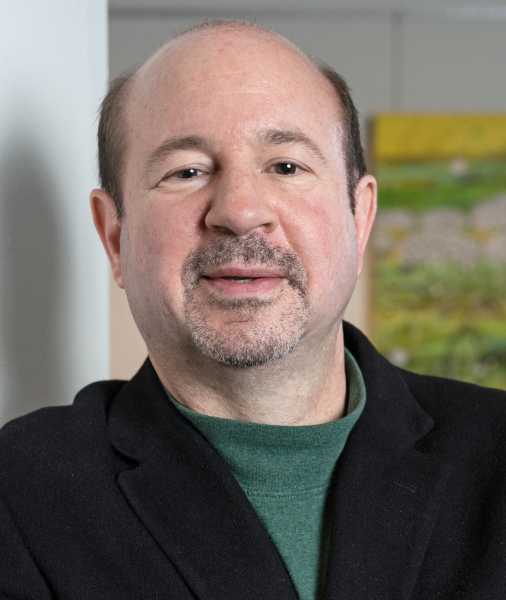
Michael E. MannSocial Link NavigationAuthor
Michael E. Mann is a professor, president emeritus, and director of the Center for Science, Sustainability, and Media at the University of Pennsylvania. He is the author, most recently, of Our Fragile Moment: How Lessons from Earth’s Past Can Help Us Survive the Climate Crisis (PublicAffairs, 2023) and The New Climate War: The Fight to Take Back Our Planet (PublicAffairs, 2021).
You must verify your public display name before commenting.
Please log out and log back in. You will then be prompted to enter a display name.
Exit Read more
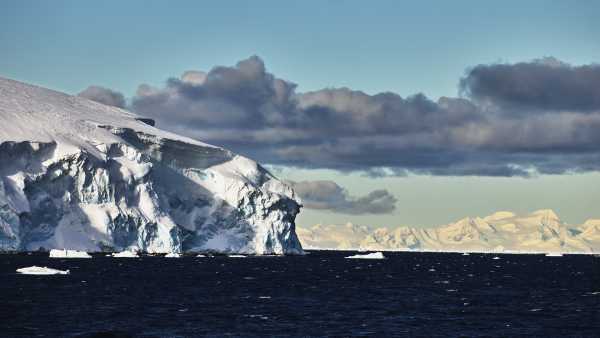
'Serious Negative and Unintended Consequences': Polar Geoengineering Is Not the Answer to Climate Change
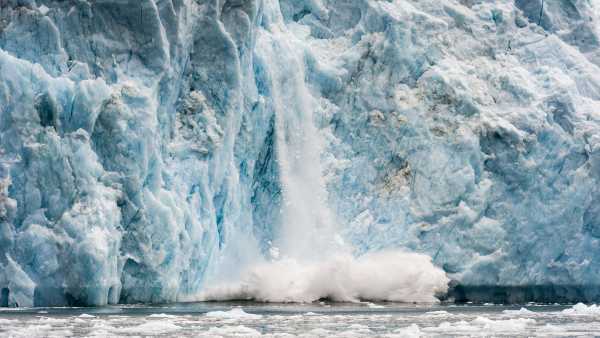
Humanity could be just three years away from climate change tipping point, report warns
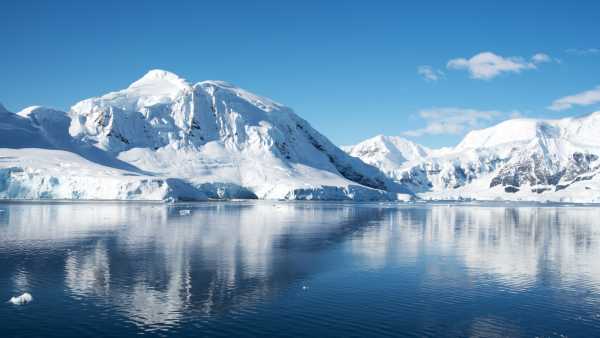
Drastic changes happening in Antarctica 'will impact the world for generations to come'
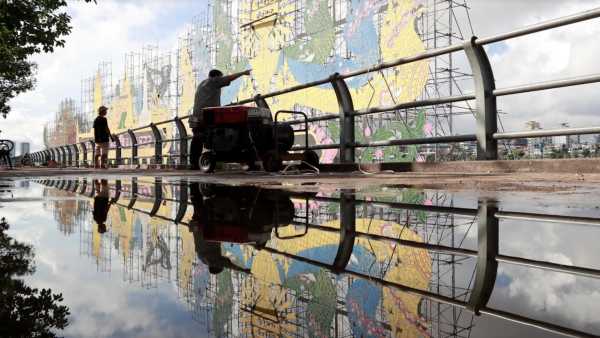
The study found that new, previously unseen, man-made seasons appear to be developing on Earth.

According to a new study, 96% of the world's oceans will experience extreme heat in 2023.
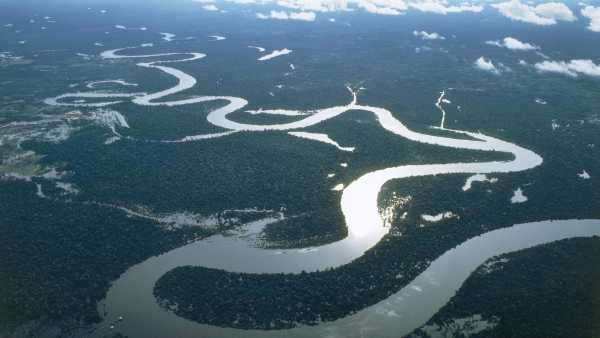
Even a small slowdown in key Atlantic currents poses a 'massive risk' to tropical forests.
Latest news on climate change
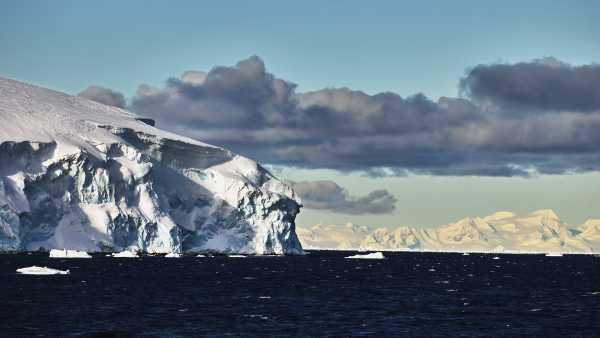
'Serious Negative and Unintended Consequences': Polar Geoengineering Is Not the Answer to Climate Change
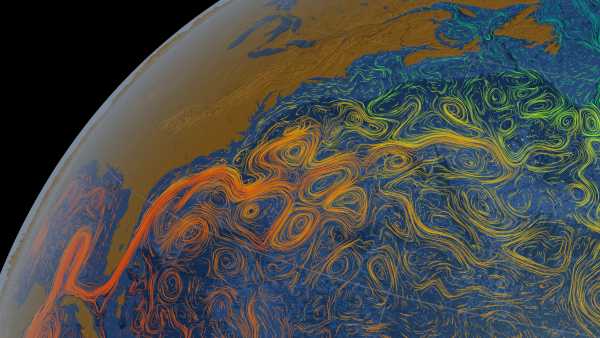
A new study has found that a key Atlantic current could begin to weaken as early as 2055.
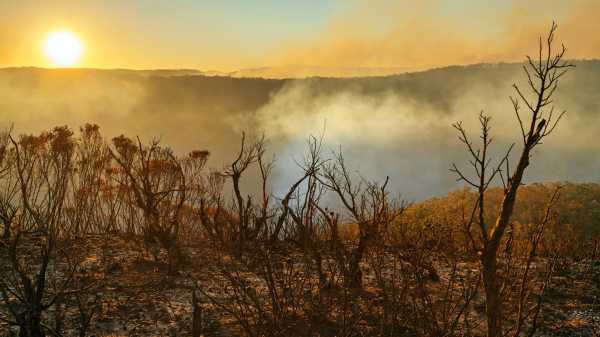
'Like a creeping mold spreading across the landscape': study finds isolated arid areas around the world are coalescing into 'mega-arid' regions at alarming rates
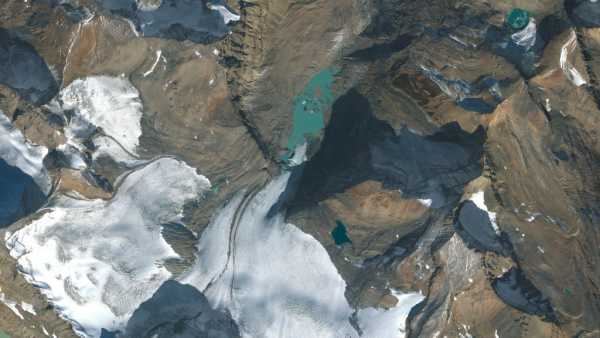
Glaciers in North America and Europe have lost “unprecedented” amounts of ice in the past four years.
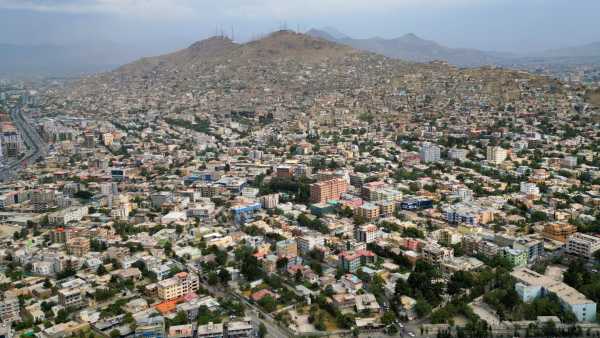
Kabul Could Become the First Modern Capital to Run Out of Water — Here's Why
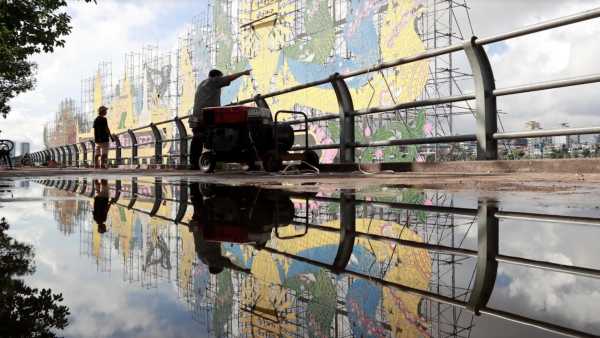
The study found that new, previously unseen, man-made seasons appear to be developing on Earth.
Latest Features

Climate action faces a new threat: pessimists who believe it is too late to act
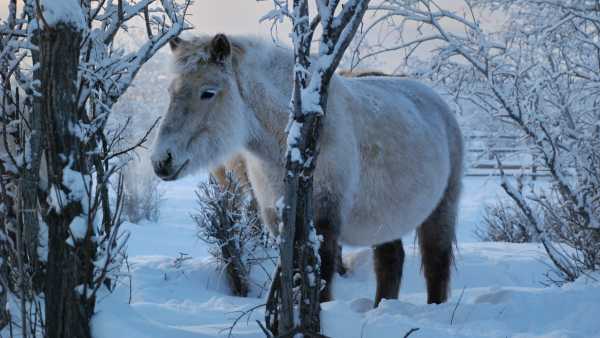
How the Secret of the Origin of the Little Hairy Yakut Horses Was Revealed in the Siberian “Gateway to the Underworld”

Woman Constantly Tastes Like Bleach — And Doctors Find Hidden Cause in Her Blood

Kneeling Bull: Iran's 5,000-Year-Old Hybrid Creature With Mysterious Purpose
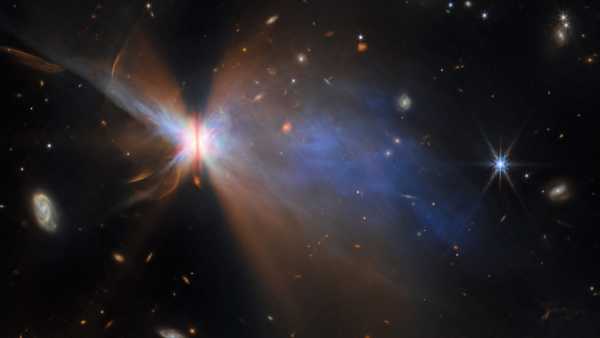
James Webb Space Telescope Spots Deformed 'Butterfly Star' Shedding Chrysalis – Space Photo of the Week
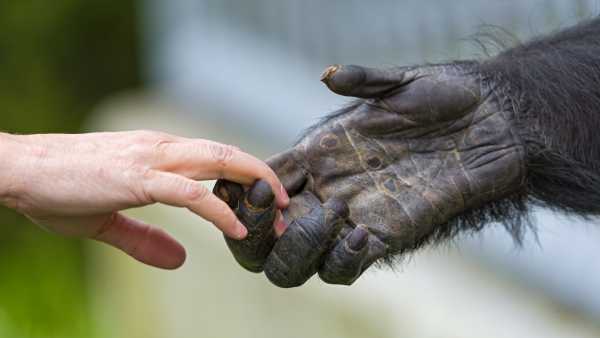
Do humans and chimpanzees really share 99% of their DNA?
LATEST ARTICLES
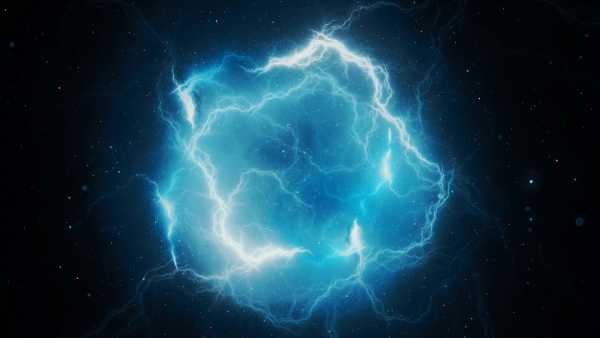
1Tiny cryogenic device reduces quantum computer heat output by 10,000 times – and could be up and running in 2026.
Live Science is part of Future US Inc., an international media group and leading digital publisher. Visit our corporate website.
- About Us
- Contact Future experts
- Terms and Conditions
- Privacy Policy
- Cookie Policy
- Accessibility Statement
- Advertise with us
- Web Notifications
- Career
- Editorial Standards
- How to present history to us
© Future US, Inc. Full 7th Floor, 130 West 42nd Street, New York, NY 10036.
var dfp_config = { “site_platform”: “vanilla”, “keywords”: “type-boox-extract,serversidehawk,videoarticle,van-enable-adviser-
Sourse: www.livescience.com


